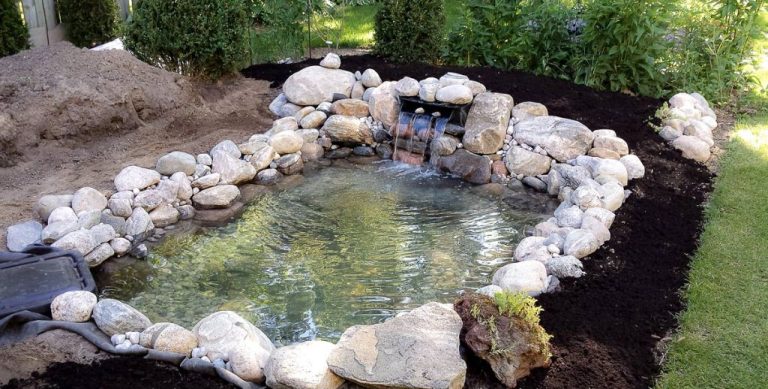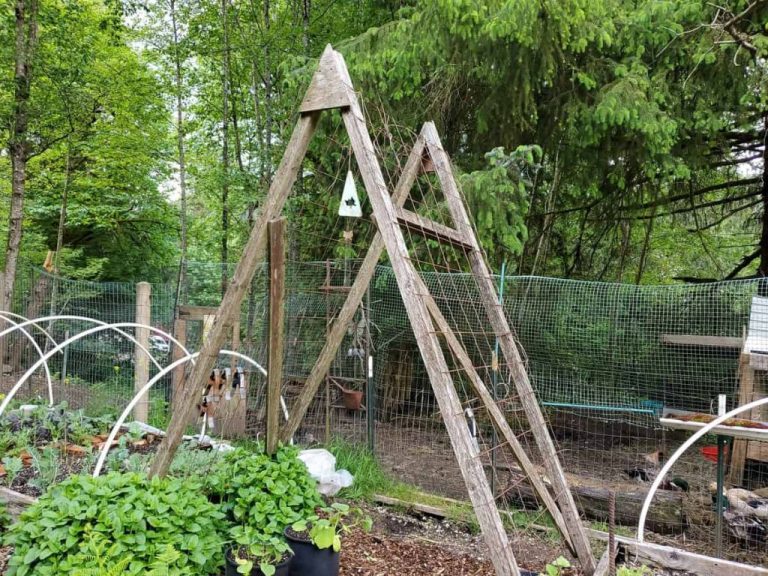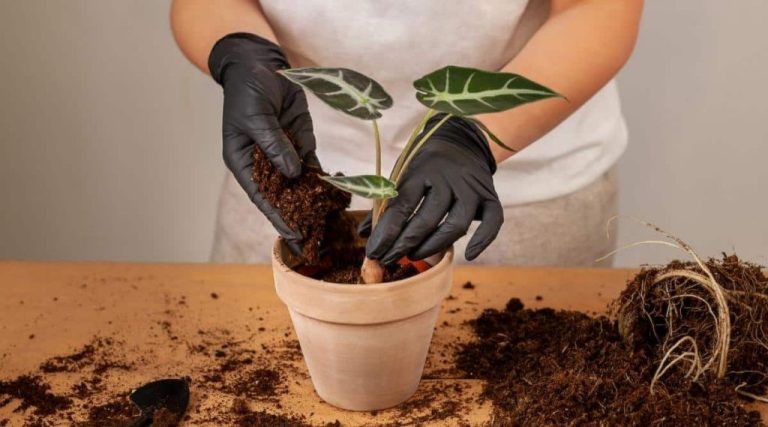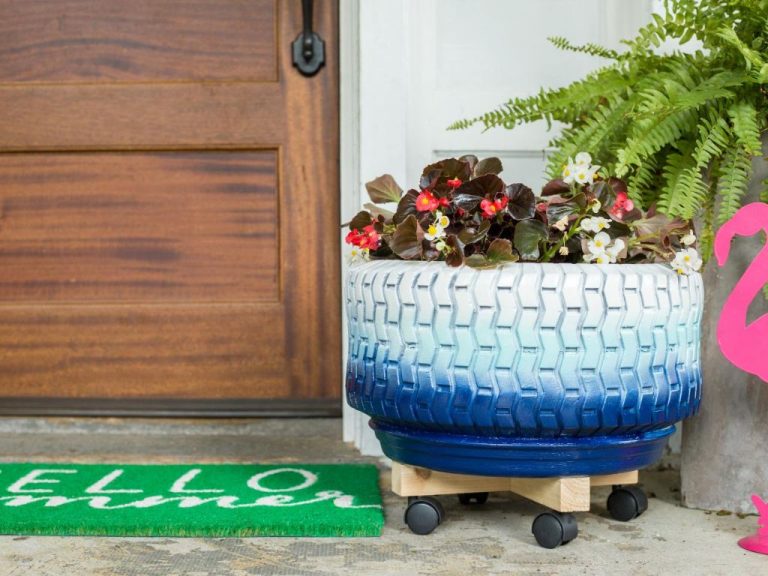Homemade Bird Feeders: Attracting Wildlife To Your Garden
Attracting birds to your yard with homemade feeders has many benefits for both you and local bird populations. Birdwatching provides enjoyment, relaxation, and a connection to nature right outside your window. It also helps sustain songbirds, which play an important role in the ecosystem yet face threats like habitat loss, window collisions, and predators.
Different types of feeders can attract specific species based on their food preferences and feeding styles. For example, tube feeders accommodate small birds like finches, while platform feeders allow larger birds like doves to perch. By providing the right foods in well-designed feeders, you can observe beautiful songbirds like cardinals, chickadees, woodpeckers, nuthatches, bluebirds, and more in your own backyard.
This guide will cover constructing homemade bird feeders suited for various species using common materials. Proper placement and maintenance will help you safely enjoy watching birds flock to your yard. Let’s explore how to turn your outdoor space into an engaging bird habitat through creative DIY feeders.
Choosing a Bird Feeder
There are several common types of bird feeders to choose from, each with their own benefits. According to https://www.bobvila.com/articles/types-of-bird-feeders/, popular options include:
– Tube feeders – Long, cylindrical tubes with perches and feeding ports. Good for small-medium birds like finches, chickadees, and titmice.
– Hopper feeders – Box-shaped with a roof and perches. Allow birds like cardinals, jays, and grosbeaks to eat comfortably.
– Platform feeders – Flat, open trays or tables. Accommodate larger birds and many small birds at once.
– Suet feeders – Cages that hold suet cakes. Popular feeding stations for woodpeckers, nuthatches, and chickadees.
When choosing a feeder, consider the bird species you want to attract and your budget. Opt for squirrel-proof designs if needed. Place feeders in visible locations near trees or shrubs, ideally within 10 feet of cover so birds feel safe. Providing a variety of feeder styles and seed options will increase bird diversity.
DIY Bird Feeder Ideas
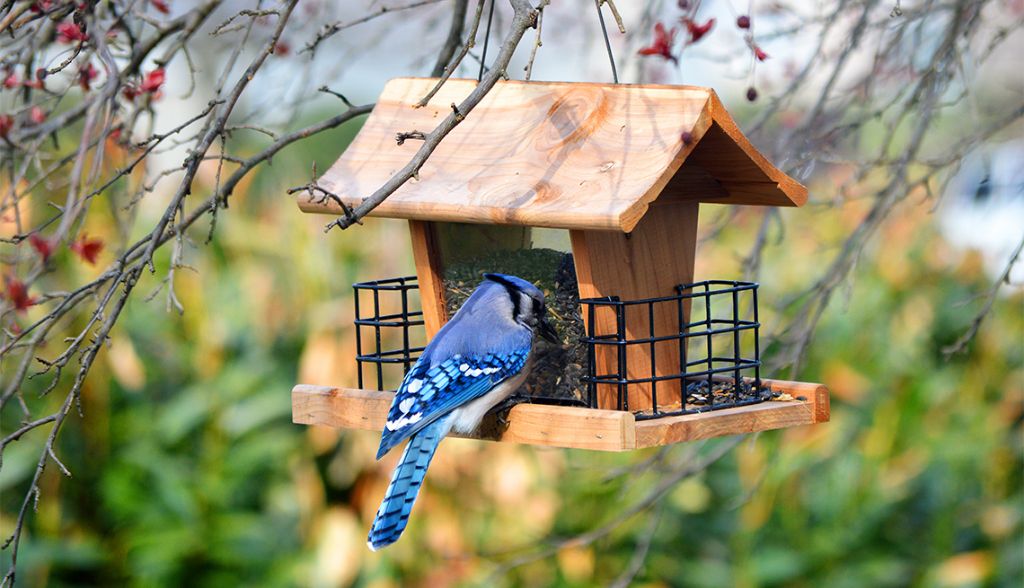
There are many creative ways to make your own bird feeders at home using common household materials. Some popular DIY options include:
Recycled Container Feeders
You can repurpose all kinds of containers like milk jugs, bottles, cans, and jars to create homemade feeders. Clean out the container, add some drainage holes, and attach a hanging string or hook. Decorating with paint or stencils adds a colorful touch. Plastic containers work well for seeds, while glass jars are good for suet blocks or nut butter mixes (Country Living).
Wooden Feeders
It’s easy to build DIY wood feeders from basic materials like pine boards, dowels, and wood cookies. You can make platform feeders, hopper-style feeders, cage feeders, or simple tray designs. Wooden feeders are rustic yet durable, so they can withstand weather exposure outdoors (Run Wild My Child).
Platform Feeders
Platform or tray feeders provide an open space for birds to perch. All you need is a flat piece of weatherproof material like wood, metal, or recycled plastic attached to a post or hung with chains. You can add a basic wooden roof for protection. Platform feeders accommodate larger bird species (Country Living).
Suet Feeders
Suet feeders provide an excellent high-fat food source for insect-eating birds like woodpeckers, nuthatches, and chickadees. You can make simple mesh onion bags, wire cages, or wood feeders to hold suet blocks or cakes.strategically placed suet feeders will attract these unique backyard birds (Run Wild My Child).
Feeder Materials
The materials used to construct a bird feeder will affect its durability and weather resistance. Three of the most common materials are wood, metal, and plastic.
Wood feeders, especially those made from cedar or redwood, are naturally resistant to rot and insects [1]. They have an attractive, natural look that blends into outdoor environments. However, wood requires more maintenance over time to keep it from warping or cracking.
Metal feeders like those made from steel, aluminum, or copper are very durable, chew-proof, and long-lasting. However, they can be more expensive and get hot in the sun or cold in winter weather. Metal conducts heat, which can make the birdseed go rancid faster [2].
Plastic feeders are affordable, lightweight, and weather-resistant. Recycled plastic lumber mimics the look of wood without the maintenance. However, cheaper plastics can become brittle and degrade over time in the elements. Plastics also provide less insulation than wood or metal.
No matter the material, look for bird feeders that are non-toxic, sturdy, chew-proof, and designed to protect the birdseed from rain and snow. Consider placement carefully, as the durability needs will vary if the feeder is under an eave versus fully exposed. A combination of materials can provide the benefits of each.
[1] https://www.sparrowdaughter.com/best-materials-for-building-durable-bird-feeder/
[2] https://www.farmanddairy.com/columns/wood-plastic-how-to-choose-a-bird-feeder/523615.html
Bird Feeder Design Tips
When designing your own DIY bird feeder, there are some important elements to consider for functionality and ease of use. According to https://www.familyhandyman.com/list/cute-bird-feeder-ideas/, perches allow birds a place to land and eat comfortably. Having multiple perches at different heights can accommodate different bird species. Adding drainage holes prevents feed from getting soggy and moldy. Including access panels or lids makes cleaning and refilling the feeder simpler. Discouraging squirrels from stealing all the birdseed is also key. Squirrel baffles can block them from climbing down poles and gaining access to hanging feeders. Using metal materials rather than wood also deters chewing rodents.
When designing a DIY bird feeder, consider elements like perches, drainage, cleaning access, and squirrel deterrents. With some clever solutions, you can create a functional feeder that brings joy to backyard birdwatching.
Where to Place Bird Feeders
Choosing the right location for your bird feeders is an important consideration to attract birds to your yard. According to All About Birds, you’ll want to consider visibility, cover, and spacing when determining feeder placement.
For visibility, locate your feeders where birds can easily see them, such as near trees, shrubs or fence posts. Avoid obscure locations. Birds feel more secure being able to scan for danger before approaching the feeder. Having a clear flight path to the feeder is also key.
Nearby cover like trees or bushes gives birds a place to escape to if threatened. Position your feeders around 10-15 feet from cover so they have a safe place to retreat.
Finally, proper spacing between multiple feeders reduces crowding and allows different species to feed comfortably. Space tube feeders 5-6 feet apart and hopper or platform feeders 10-15 feet apart.
With smart placement based on visibility, cover and spacing, you can create an inviting environment for backyard birds to visit your feeders.
Choosing the Right Birdseed
When selecting birdseed for your backyard feeders, you’ll need to consider the types of seeds, whether to use blends or single varieties, and the preferences of birds in your region. Some of the most popular seeds for feeding birds include:
– Sunflower seeds – These oil-rich seeds attract the widest range of birds including cardinals, chickadees, titmice, jays, finches, nuthatches, and woodpeckers. Black oil sunflower seeds have a higher oil content than the striped variety. [1]
– Nyjer (also called thistle) – Small finches like American goldfinches enjoy nyjer seeds. These tiny black seeds have a high oil content. Use special nyjer seed feeders with small openings to dispense them.
– Safflower seeds – Cardinals, chickadees, and titmice enjoy safflower. Squirrels tend to dislike safflower so it can help discourage them.
– Millet – This tiny round seed attracts sparrows, juncos, towhees, and quail though it’s less popular with other species. White proso millet is the best type for birds.
You can buy single seed varieties to cater to specific birds or blended mixes. Blends contain a variety of seeds to appeal to more species. Check regional bird feeding guides to choose mixes tailored to your location.
Specialty blends optimized for your area will attract more species than generic mixes. Offering both blends and single varieties covers all your bases for local birds. Switch it up seasonally as migration brings different species through your yard.[2]
Other Foods for Birds
In addition to traditional birdseed, there are other tasty foods you can offer birds in your backyard feeders. Suet, nectar, and fruit can provide beneficial nutrition and variety to attract more species.
Suet is a high-energy food source made from rendered beef fat. It provides birds with much-needed fat and calories to get through cold winters. Suet feeders are easy to fill and hang in your yard. Many insect-eating birds like woodpeckers, nuthatches, and chickadees will visit suet feeders. “Feed for Birds: 7 Backyard Bird Food Options That Aren’t Seed – Chewy”
Nectar feeders filled with homemade nectar solution will draw in hummingbirds and orioles. Boil one part white sugar with four parts water, let cool, and fill your feeder. Change the nectar weekly to prevent spoilage. These bright, energetic birds will provide hours of entertainment as they buzz around the feeders. “What Can Birds Eat From the Kitchen?” – Birds & Blooms
Chopped fruits like apples, oranges, bananas, and grapes can be skewered and hung to attract fruit and insect-eating birds. This is an especially useful winter food source when berries and insects are scarce. Just be sure to remove any uneaten fruit so it doesn’t spoil.
Maintaining Your Feeders
Keeping your bird feeders clean is essential for the health of the birds visiting them. Feeders can accumulate dirt, mold, and bacteria over time, which can spread diseases between birds. Cleaning them regularly prevents this. The National Wildlife Health Center recommends cleaning feeders at least once every two weeks, or more frequently if the feeder gets dirty or moldy.
Use a bottle brush and a mild, unscented dish soap without detergent to scrub the feeder thoroughly. Rinse very well afterwards to remove all soap residue. You can also make a cleaning solution of 1 part bleach to 9 parts water. Soak the feeder in this solution briefly, then rinse thoroughly.
Allow the feeder to dry completely before refilling with seed. This prevents mold growth. Position the feeder in a way that allows it to drain well and air dry after rinsing.
Beyond cleaning, check your feeders periodically for damages that could harm birds. Fix any loose, damaged, or sharp parts. Clean out old bird seed underneath pole-mounted feeders to prevent rodents. Replace any feeders that are too far gone.
With proper maintenance, your feeders will continue attracting happy and healthy birds to your yard for years to come.
Enjoying Your Backyard Birds
One of the greatest joys of bird feeding is being able to observe and identify birds up close. Here are some tips for getting the most out of your backyard birdwatching:
Identify common birds like cardinals, chickadees, blue jays, and finches. Spend time watching and listening to learn their coloring, markings, behaviors and songs. Invest in a bird guide or download an app to help identify backyard species.
Improve your birdwatching skills by learning where birds perch and how they move through your yard. Position your viewing spot near brush piles or bird baths where birds gather. Use binoculars for better views.
Keep records in a birdwatching journal. Note bird sightings, including date, time, species, numbers and behaviors. Reviewing your notes can reveal patterns and help you attract more species.
Get the whole family involved in birdwatching. Have kids keep their own notes and draw pictures of birds they spot.
With some simple techniques, you’ll soon be expertly identifying the feathered friends flocking to your feeders and enjoying a fascinating hobby right in your own yard!


